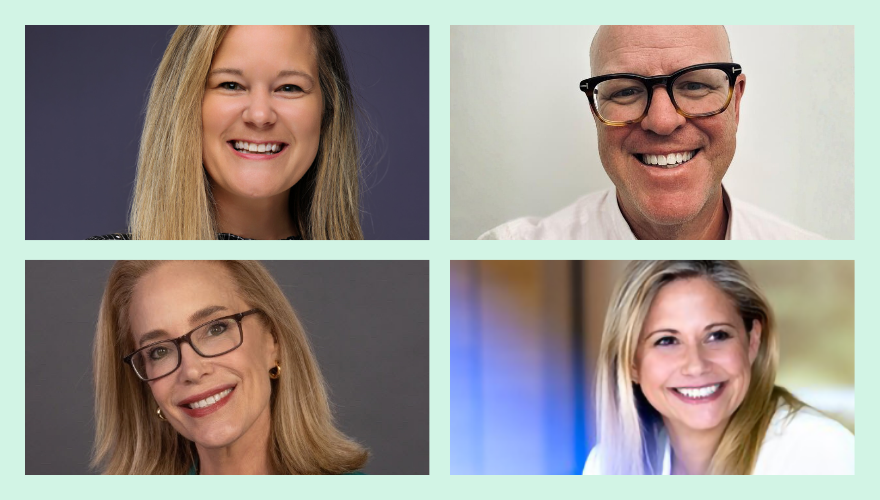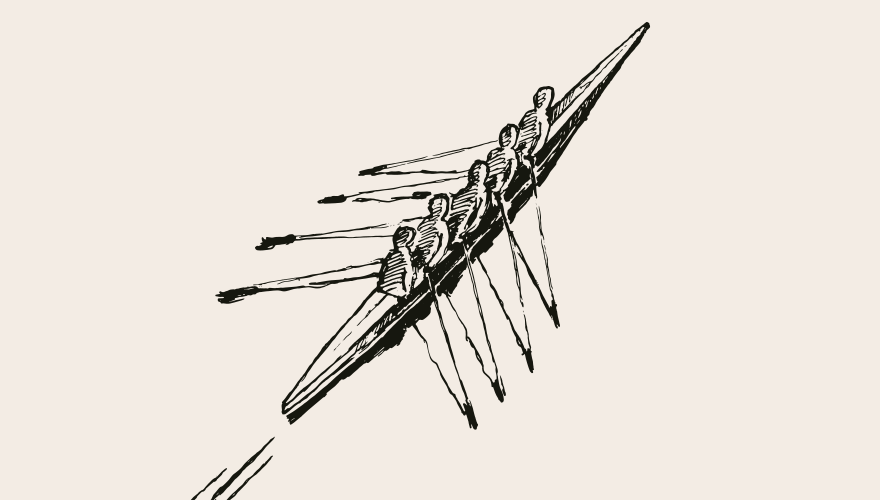Blog
Embracing programmatic hiring at Konica Minolta

Global technology company Konica Minolta has over 40,000 employees operating in more than 150 countries. The company specializes in providing innovative solutions in the areas of IT services, industrial printing, and optical systems.
It has become abundantly clear in the last few years that the traditional, reactionary approach to hiring is no longer sufficient. At Konica Minolta, we're committed to driving a more strategic, programmatic approach to our talent acquisition efforts, ensuring that we not only meet the immediate needs of our business but also build a sustainable, resilient workforce for the future.
Building connections with programmatic hiring
We've introduced a programmatic hiring approach, bringing in groups of new hires through structured programs that foster immediate interpersonal connections. This strategy is vital for workforce resilience, as strong workplace relationships boost employee satisfaction and retention.
For instance, our veteran's hiring program, in partnership with Hiring Our Heroes, offers a 12-week fellowship, with the option to extend full-time offers. We've also formalized our early career program, combining structured internships and entry-level hiring to ensure new hires are well-integrated and productive from the start.
To enhance onboarding, we conduct online introductions and problem-solving activities in small groups, helping new hires connect. Additionally, we host bi-monthly Lunch and Learn sessions with senior leadership, providing new employees with direct access to company leaders. Since launching these initiatives earlier this year, our onboarding survey scores have significantly improved, and we're working to reduce first-year attrition.
The evolving role of the recruiter
In today’s fast-paced environment, recruiters need more than just role-specific knowledge—they must deeply understand how the business operates and what drives its success. I encourage my team to immerse themselves in the business by attending sales calls, participating in team meetings, and staying close to operations. This business acumen is essential for making informed hiring decisions that align with the company’s strategic goals.
What sets great recruiters apart is their ability to connect the skills required for a role with the broader business strategy. In today’s complex market, this understanding isn’t just a luxury—it’s a necessity.
Harnessing AI
As we look to the future, a key priority is leveraging AI to enhance our HR operations. We're building a comprehensive HR Knowledge Library to serve as a single source of truth for all HR-related information, laying the foundation for AI-driven, self-service models that empower employees to manage their queries more efficiently.
In talent acquisition, AI is streamlining processes like generating consistent, high-quality job descriptions. This boosts efficiency and ensures our employer branding is consistent, reinforcing our values and attracting the right candidates.
However, embracing AI requires caution. It's crucial to deploy AI tools thoughtfully and responsibly, with guardrails to protect both employees and customers. Our AI Steering Committee plays a vital role in identifying the most effective use cases for AI, ensuring we harness technology to genuinely benefit our organization.
Proving TA’s value
Moving forward, our focus is on driving operational excellence within our team while aligning our efforts with the organization's broader goals. In today’s business climate, where cost savings, efficiency, and productivity are paramount, we must demonstrate the value of our talent acquisition strategies. This involves reducing agency usage, speeding up the onboarding process, and ensuring our workforce reflects the diversity of our customer base.
We're also expanding our top-of-funnel recruitment efforts to attract a broader range of professionals, including women, people of color, and veterans. Through targeted recruitment marketing and refined job descriptions, we're starting to see positive results, though there is still work to be done.
Key strategies for sustainable Talent Acquisition
When it comes to workforce sustainability, there are a few key principles to keep in mind:
- Adopt a programmatic approach: Shifting from reactive hiring to a more programmatic approach can significantly reduce the pressure on your organization. For example, by scheduling entry-level hires at specific times throughout the year, you create a more predictable and manageable process. This is a big change for sales-driven organizations used to filling roles as soon as they become vacant, but even partial adoption can ease the reactive burden.
- Deepen business understanding: It’s crucial for recruiters to not only understand the specific roles they are hiring for but also to have a deep knowledge of how the business operates and generates revenue. In the past, the focus was often solely on skills, especially in high-demand areas like tech. However, in today’s environment, recruiters need to understand how their hires align with and contribute to broader business goals, such as revenue generation and cost efficiency.
- Increase predictability in hiring: Enhancing predictability in the hiring process is key to sustainability. This involves forecasting talent needs more accurately and aligning recruitment efforts closely with the business. By doing so, you can better anticipate where and when new hires will be needed, reducing the uncertainty that often accompanies talent acquisition.
These strategies help build a more sustainable, resilient talent acquisition function that aligns with both immediate and long-term business objectives.
Workforce sustainability
Check out more from other thought leaders in our featured content series to help you build a workforce that's resilient, adaptable, and ready to take on the future.












